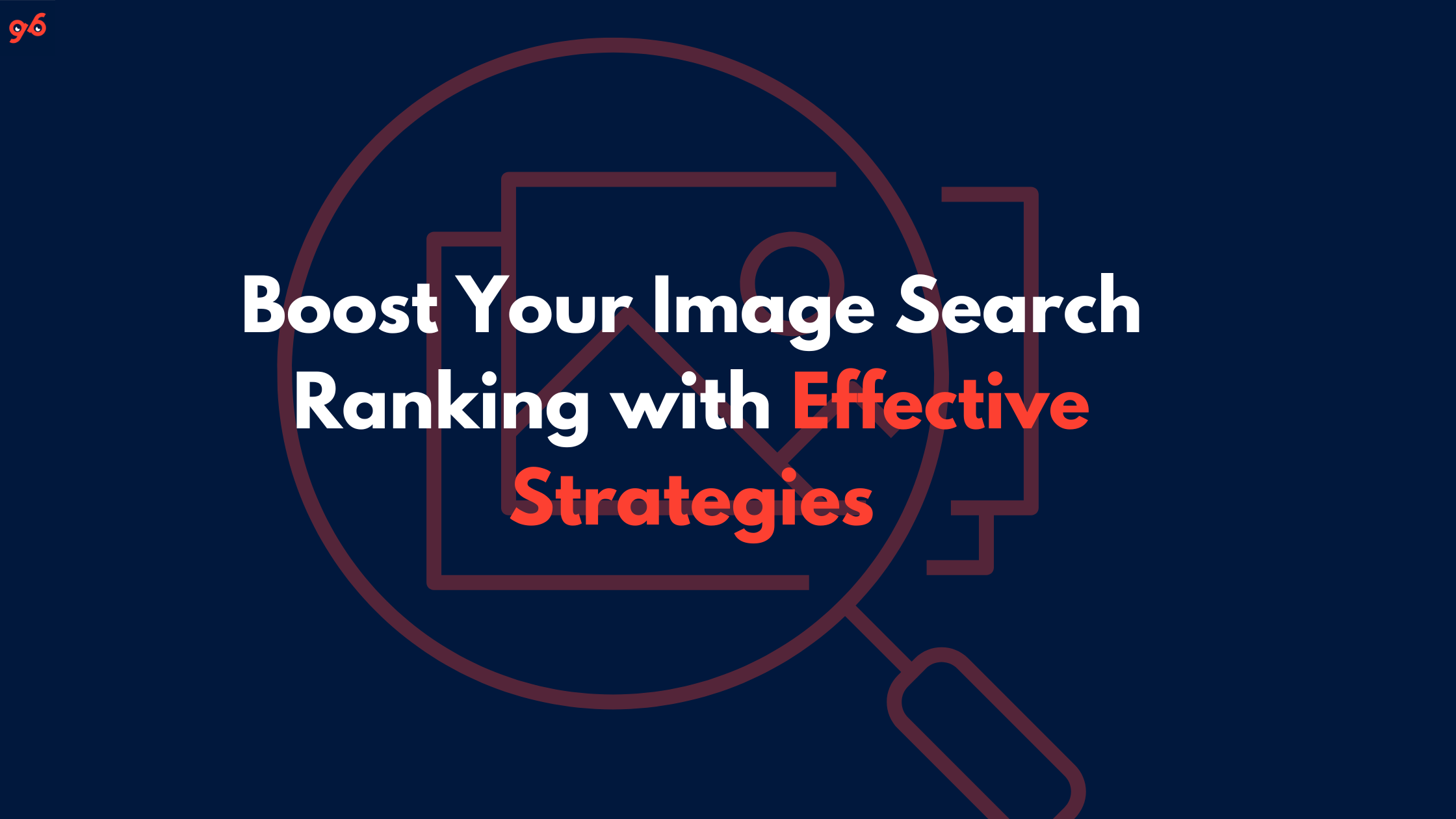In today’s time, having a strong image search ranking is crucial for driving organic traffic to your website. When optimizing images effectively, they become a powerful tool for enhancing user experience and attracting potential customers. In this article, we will explore proven strategies to boost your image search ranking and increase your online visibility.
Understanding Image Search Ranking
Image search ranking refers to the position of your images in search engine results pages (SERPs) when users perform image-based searches. When your images rank higher, they are more likely to be discovered by users, leading to increased website traffic and potential conversions.
Optimizing Image Metadata
One of the key aspects of improving image search ranking is optimizing image metadata. Metadata includes elements such as the image filename, alt text, title, and description. These elements provide search engines with valuable information about the content of the image.
Subheading: File Naming
To optimize image metadata, file naming plays a vital role. Use descriptive filenames that include relevant keywords. For example, instead of “IMG001.jpg,” use “blue-widget-product.jpg” to provide context to search engines.
Subheading: Alt Tags
Alt tags are alternative text descriptions displayed when an image cannot be loaded. Use concise and descriptive alt tags that accurately describe the image content and include relevant keywords.
Subheading: Title and Description
When uploading images to your website, fill in the title and description fields with meaningful information. Ensure you incorporate relevant keywords naturally to improve your image’s visibility in search results.
Utilizing Image Sitemaps
An image sitemap is a file that provides search engines with detailed information about the images on your website. By creating and submitting an image sitemap to search engines, you can ensure that your images are indexed and appropriately categorized.
Subheading: Include All Relevant Images
When creating an image sitemap, include all relevant images you want to be indexed. This includes product images, infographics, logos, and other visual elements.
Subheading: Provide Accurate Information
Each image entry in your sitemap should include relevant details such as the image URL, title, caption, license information, and geographic location if applicable. This information helps search engines understand the context and relevance of your images.
Enhancing User Experience
Search engines not only consider the technical aspects of image optimization but also prioritize user experience. By providing a positive user experience, you can indirectly improve your image search ranking. Consider the following tips:
Subheading: Image Relevance
Ensure that your images are relevant to the content on the page where they are displayed. Irrelevant or misleading images can negatively impact user experience and lead to higher bounce rates.
Subheading: Page Load Speed
Optimize your images for the web by compressing their file sizes without sacrificing quality. Large image files can slow down page load times, resulting in a poor user experience.
Subheading: Mobile-Friendliness
With the increasing use of mobile devices, it’s essential to optimize your images for mobile viewing. Responsive design
With the increasing use of mobile devices, it’s essential to optimize your images for mobile viewing. Responsive design and properly sized images contribute to a seamless browsing experience on smartphones and tablets.
Subheading: Image Captions
Consider adding captions to your images. Captions not only provide additional context for visually impaired users but also offer another opportunity to incorporate relevant keywords naturally.
Conclusion
Improving your image search ranking requires a combination of technical optimization and user-centric strategies. By implementing the suggestions outlined in this article, you can enhance your image metadata, utilize image sitemaps, and prioritize user experience to effectively boost your image search ranking.
Remember, optimizing your images goes beyond improving search engine visibility; it also enhances the overall user experience on your website. By providing relevant, high-quality images that load quickly and are mobile-friendly, you create a visually appealing and accessible website that engages visitors and encourages them to explore further.
Take the time to review your existing images and implement the recommended optimizations. Monitor your image search ranking over time and make adjustments as needed. By consistently applying these strategies, you can improve your image search ranking, attract more organic traffic, and ultimately achieve your online visibility and business goals.
Now is the time to leverage the power of images and optimize them for search engines. By following these effective strategies, you can position your website for success and stand out in the competitive digital landscape.
Remember, image search ranking is an ongoing process, so stay updated with the latest SEO practices and continue refining your image optimization efforts. With dedication and a user-centric approach, you can unlock the full potential of your images and drive significant organic traffic to your website.
Start implementing these strategies today and watch as your image search ranking soars, bringing you closer to your target audience and driving meaningful results for your business.




